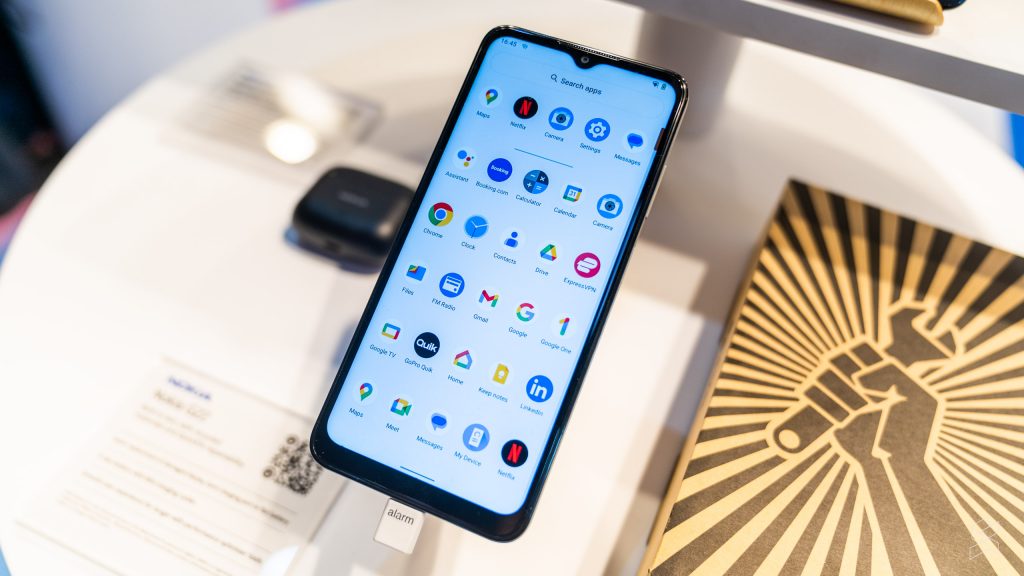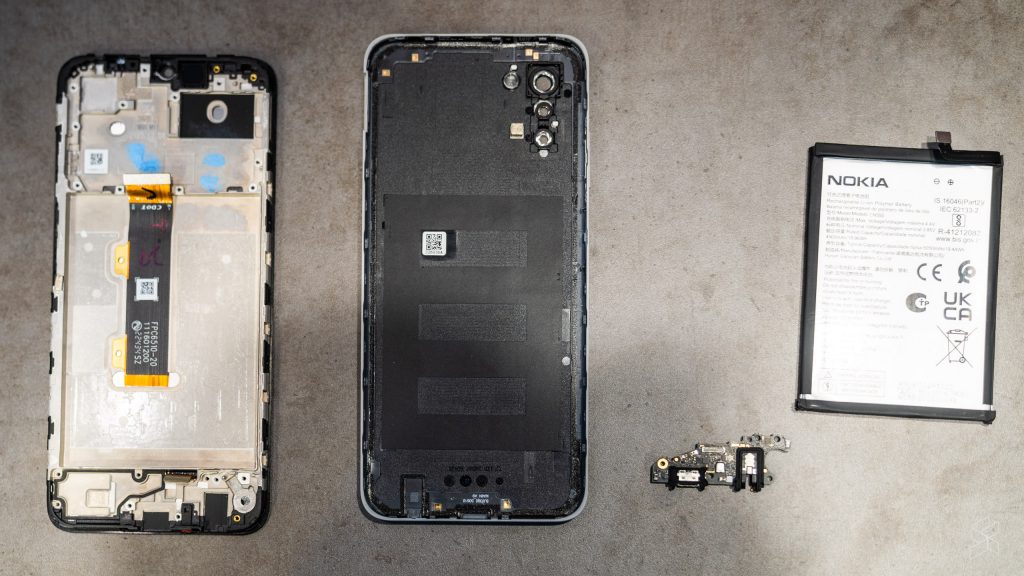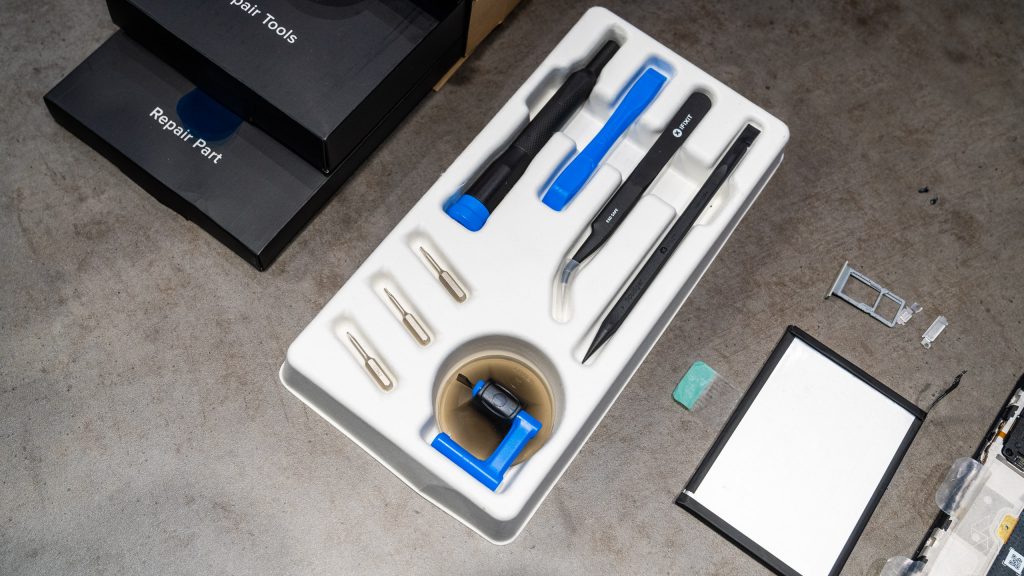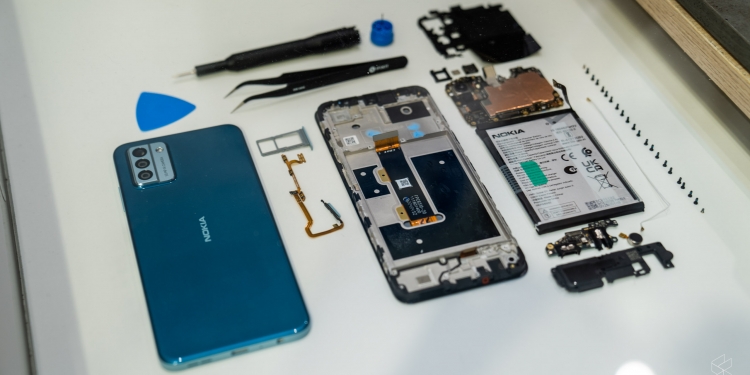One of the most interesting devices shown at the recent Mobile World Congress (MWC) was tucked deep in Hall 7 of Fira Barcelona, far away from juggernauts like Samsung and Xiaomi in Hall 3. It’s where HMD Global put up a small stand for its Nokia brand, separate from the greater Finnish corporation which revealed its new logo at the show.
The Nokia G22 isn’t the kind of phone that immediately grabs the headlines. Certainly not from a technical standpoint—it’s powered by a measly Unisoc Tiger T606 chip and has just 4GB of RAM and 64GB of storage to its name, although a MicroSD card slot is fitted. Its 5,050mAh battery (which HMD says provides up to three days of battery life) is also generous but nothing spectacular, and while it does have a triple camera setup, its 50MP main camera is only augmented by a 2MP macro camera and depth sensor.


The penny pinching extends to the screen, which is a 6.5-inch (good) IPS LCD (bad) panel with a 90Hz refresh rate (kinda okay), a resolution of 1200×720 pixels (bad) and up to 500 nits of brightness (awful). It’s also covered in Corning Gorilla Glass 3, so it’s not the most durable display around. Hidden in the teardrop cutout is a 32MP selfie camera.
Elsewhere, there’s 4G connectivity, WiFi 5 support, Bluetooth 5.0, a single speaker, a side fingerprint reader and a handy 3.5mm headphone jack. And while two years of major Android updates and three years of security patches are promised, the phone only ships with Android 12, which means support stops at this year’s Android 14. It’s essentially the G21 in a new coat of paint, which will probably make people wonder what all the fuss is about.
But take the thing apart and it starts to come good. You see, the G22 is the first Nokia smartphone to be designed with repairability in mind, and HMD teamed up with iFixit to not only sell the spare parts but actually provide design input. That much becomes apparent the minute you remove the recycled plastic back—not by using a heating pad and a suction cup, but simply by unfastening a few clips by running a guitar pick-style tool around the edge of the screen.

This ease in disassembly allows users to change the most commonly damaged parts of the phone—the screen, battery and USB-C port. A battery replacement, which requires only the removal of a couple of screws and a ribbon cable, takes just five minutes. It isn’t quite as easy as popping out the battery and slotting a new one into your old 3310; adding a removable battery would’ve either reduced its capacity, cut down the G22’s 20W fast charging capability or made the phone thicker, HMD told The Verge.
The process to replace the screen is slightly more laborious, involving the removal of the motherboard, charging port and speaker; even so, “you’re probably looking at 20 minutes,” said HMD head of product Adam Ferguson.

The Nokia G22 costs EUR179 (around RM832) in Europe, and the parts prices are actually fairly reasonable—EUR24.99 (around RM119) for the charging port, EUR29.99 (around RM143) each for the back cover and the battery, and EUR54.99 (around RM262) for the display. You can either buy just the part or add a EUR5 (around RM24) iFixit tool kit that includes the aforementioned guitar picks, an opening tool, a spudger, a suction handle, tweezers and a screwdriver with bits.
As yet, there’s no information on the G22’s Malaysian availability, whether it will actually be sold here and if parts will be sold to customers in the same way. It should be noted that the less repairable—but almost identically-specced—G21 is offered here, priced at RM799.








